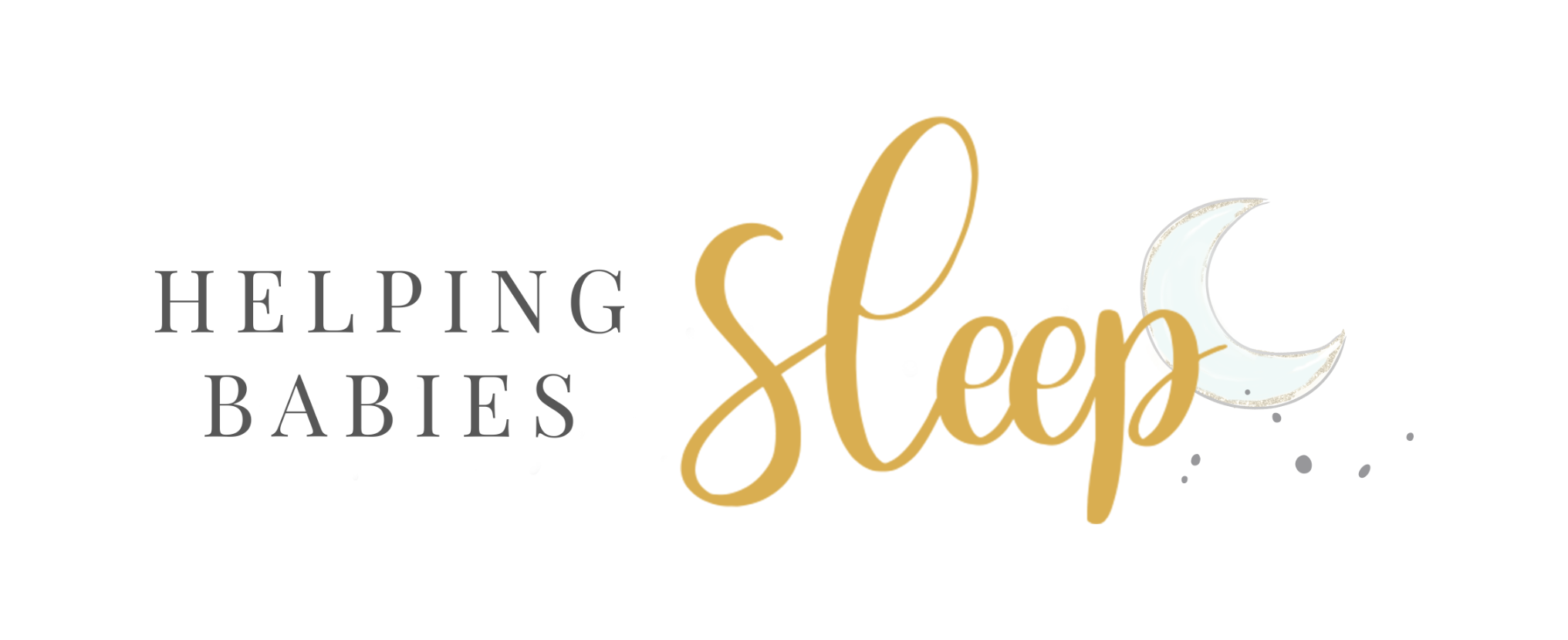1. Create a positive sleep environment for your baby with sleep cues at the bedtime routine.
A positive sleep environment includes their own crib. Only use this crib for sleep, it should not be used as a play area. We want your baby to associate this space with sleeping, not playing. Mobiles, aquariums on the side of the crib do not help the baby to learn to sleep. They are distractions and should be removed as they actually will stimulate baby.
It is helpful to have good shades in the room, so that the room is dark. White noise should be available – either via a ipod app, or a sleep sheep. I like the sleep sheep because it has a timer on it, so you can turn on 45 minutes of white noise and then it turns off. This is a cue that its sleepy time.
Sleep cues are consistent items that indicate that your baby will be put to bed.
Sleep Cues include:
- Darkening the room
- Playing white noise or gentle music
- Changing baby into a night sleeper
- Putting sleep sack on
- Saying “its sleepy time” as your key phrase
- “Lovie”, a little blankie or doll
Some babies do well acquiring a “lovie”. That’s a little stuffed animal or blankie that stays in the crib for sleeptime. You can hold this lovie between you and your baby when you are nursing so that it smells like you. Your baby will take comfort in that when she is alone in her crib with the lovie. It should be no larger than 12 inches, and you should put it on your face to make sure its breathable.
2. Create a Consistent Infant Bedtime Routine
If you can methodically do these tasks in the same order, that helps. This infant bedtime routine should take no more than 5 minutes. Babies love consistency and predictability. You can do this at naps too, without the changing of the clothes.
